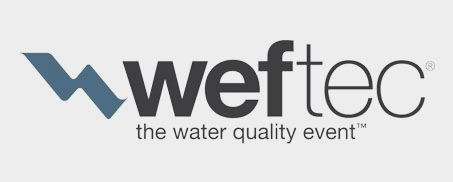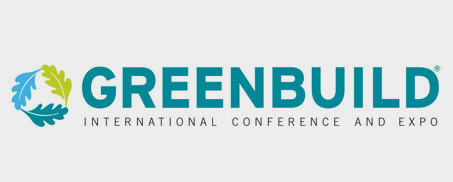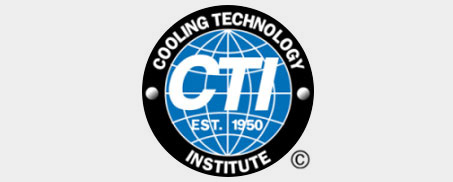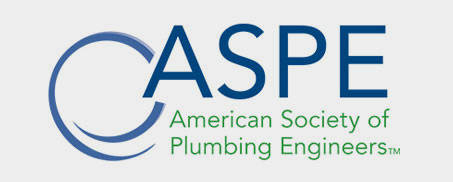NEVER REPLACE FLOAT SWITCHES AGAIN!
Water level sensors come in many different shapes and sizes, and are made for a variety of applications. For years mechanical floats have been the standard for maintaining the liquid level in an application. Over the years, these mechanical floats have evolved into electric switches that are more reliable and have more control of the application’s liquid level.
These electric switches basically come in 3 style types. These three sensor types have dominated the electric liquid level control market, but all four old style devices have unique issues that cause grief, annoyance, and in some cases, a hole in your wallet.
Waterline Controls™ Sensors
- Completely Modular, 15 year average life cycle
- Poor Water Quality is not an issue for Waterline Controls™
- No mechanical parts except for relays to operate valves or pumps
- The sensor tips will not plate, foul, or deteriorate
- 5 Year Limited Warranty for all Waterline Control Parts
- There is a Press-to-Test switch for easy troubleshooting
Older “legacy” technologies are riddled with inherent problems, they have been the standard for liquid level control and water tank level sensors because there has been nothing better, or different enough, to justify a change. This fact laid the foundations for the new paradigm from Waterline Controls™.
Over the years we listened closely to the complaints of those who purchase, install, and maintain cooling towers, lift stations, sumps, and water holding tanks. By understanding the common issues of both mechanical floats and electric switch sensors, we designed and created completely new electronic switch sensor that runs on software and does not plate, foul, or deteriorate the sensor probes. This style of liquid control is based on simplicity and reliability.
Legacy Type Sensors
- Mechanical
- This would include the old fashion style float switch, and modern reed switches.
- Capacitive Sensors
- These require manual calibration to be effective. The dialectic constant of the material can change over time, altering accuracy and requiring adjustments.Continue reading…
- Conductive Sensors
- Poor water quality can cause the probes to foul, deteriorate or pit, needing to be replaced after one to two years. “Throwaway Technology” with a short life cycle. Continue reading…
- Ultrasound Sensors
- Foaming or changes in the transitivity density, temperature or other characteristics of the medium can effect accuracy. Requires precise, and expensive, calibration.Continue reading…
Waterline System Designs
Waterline systems are constructed with the end user in mind, to ensure that it is easy to install, easy to read, and easy to troubleshoot if needed.
Water Level Indicators
-
- Water Level Indicators
- Liquid level indicators provide operators with data on water levels, and it remains up to the operator to interpret the data.
- Water Level Indicators
Water Level Alarms
-
- Water Level Alarms
- Some water level sensing applications and controls require more than a sensor or indicator–they need a water level indicating alarm.
- Water Level Alarms
PROUDLY MADE IN THE U.S.A. 
All of our liquid level controls and liquid level sensors are assembled right here in the U.S.A.
where we monitor every step of the process.
NOT SURE WHAT YOU NEED? JUST CALL BECAUSE WE’RE HERE TO HELP! 480-905-1892
We offer products comparable to the products offered by the above companies. See our website pages for further information on the products. The tradenames and trademarks in this page are owned by their respective companies or are the same name as the company. They are mentioned for comparison purposes only. They are in no way affiliated with System Dynamics, Inc or WaterLine Controls.




